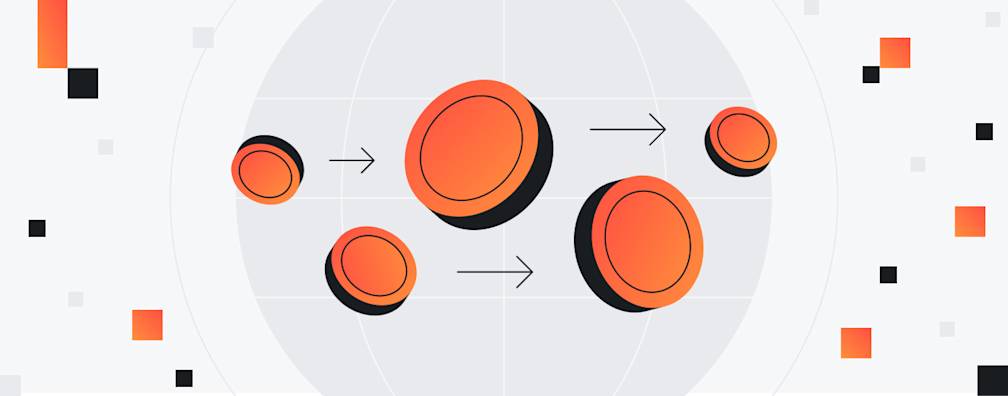Blog

How to send an invoice: The comprehensive guide to invoicing
Send professional invoices and get paid on time. This guide covers everything from writing to following up on invoices, and using technology so you can get paid faster.
The Airwallex Editorial Team
•9 minutes
9 ways to prevent chargebacks and protect your business
Explore 9 ways your business can prevent chargebacks to protect revenue with operational best practices and secure end-to-end payment services and features.
The Airwallex Editorial Team
•10 minutes

What is an invoice: a guide for small businesses
Learn what an invoice is, how to structure it, and best practices for getting paid faster. Discover how Airwallex Payment Links can simplify payments and improve cash flow.
The Airwallex Editorial Team
•13 minutes
What is card issuing for businesses and how does it work?
Discover what card issuing is, its benefits, and the key steps involved in creating a customisable card program by partnering with a card issuing platform.
Regina Lim
•15 minutes
FinanceGuides
Payment gateway fees: What businesses need to know
Find out how payment gateway fees work, and how you can reduce them to improve cash flow. Here's how you can choose the right payment gateway and save on costs.
The Airwallex Editorial Team
•15 minutes

March release notes: Discover and Diners Club now available globally, physical and digital cards (Apple & Google Pay) have launched in Canada and New Zealand
Discover the latest product releases from Airwallex.
•7 minutes

Business tipsGuides
A guide to GST registration for companies in Singapore (2025)
Understand the GST registration process in Singapore. Learn when businesses must register for GST, key filing deadlines, potential penalties, and more.
Shermaine Tan
•9 minutes

Business tipsGuides
SME grants Singapore 2025: grant options and eligibility
Learn about the top SME grants in Singapore in 2025. Find out when businesses should apply for SME grants, and tips for a successful application.
Shermaine Tan
•14 minutes
Business tipsGuides
Can a foreigner open a bank account in Singapore? (2025)
Find out how foreigners can open a business bank account in Singapore. Know the requirements, process, types of bank accounts, and more.
Rachel Tan
•14 minutes

Start-upsBusiness tipsGuides
Guide to getting a startup business loan in Singapore (2025)
Learn about the types of business loans available for startups in Singapore. Find out how to apply and the key factors to consider.
Shermaine Tan
•10 minutes

February release notes: enhanced SWIFT and ACH payments, improved dispute management, and expanded local transfer capabilities
Discover the latest product releases from Airwallex.
•5 minutes

What are payment rails? How they work and the types of payment rails
Payment rails transfer money between parties, reducing costs and boosting efficiency for businesses handling cross-border payments. Learn more in this guide.
The Airwallex Editorial Team
•10 minutes

What is accounting reconciliation and how does it work?
Reconciliation ensures that financial records match actual transactions. See how automation can support accurate account keeping.
The Airwallex Editorial Team
•7 minutes